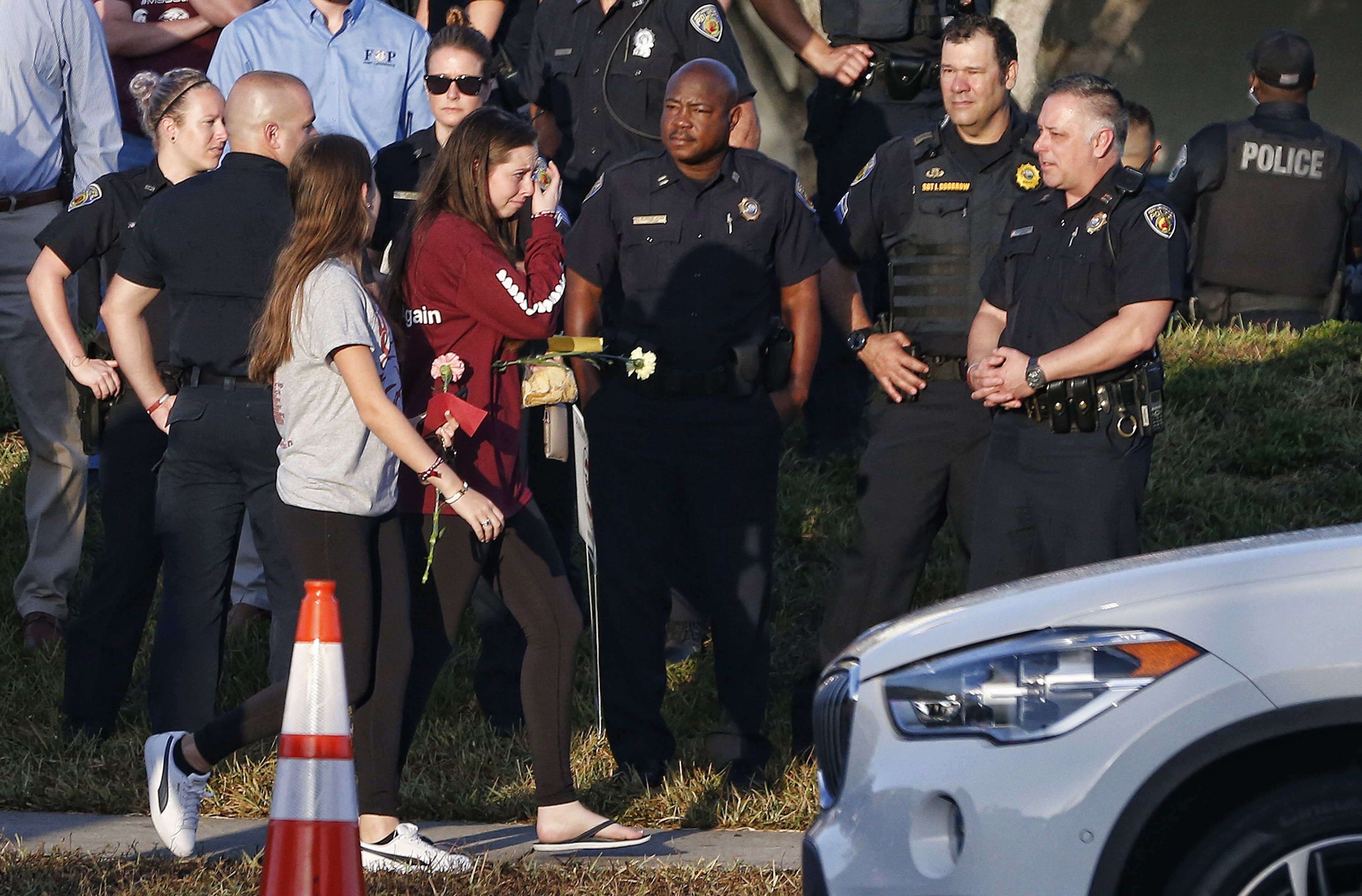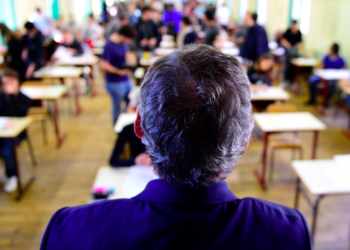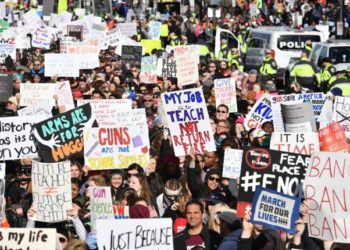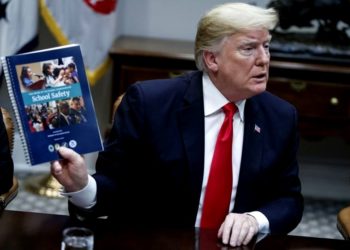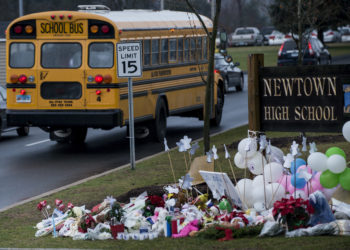The number of school shootings in the United States is about 57 times higher than in the other six G7 countries combined. Last week, the U.S. Secret Service released an updated eight-step guide on preventing school violence, but it may do little to stop these attacks.
“It is only when real prevention programs are put into place that we might expect to have an effect on negative outcomes, such as a decrease in the number of school shootings,” Rosemary Barnett, an expert in youth crime and violence prevention at the University of Florida told The Globe Post.
There have been an average of 10 school shootings in the United States every year since 1999, and 23 so far in 2018.
The Secret Service began research on the topic when it formed the National Threat Assessment Center, or NTAC, in 1999 in the wake of a high school shooting in Columbine, Colorado that left 13 people dead.
Last week, Secret Service Director R.D. Alles said the shooting at Marjory Stoneman Douglas High School in Parkland, Florida on February 14 served as “the impetus to go beyond our past work and go in depth.”
Seventeen people were killed in the shooting by a 19-year old former student. The massacre sparked nationwide gun violence protests.
Julia McMurray, a Secret Service official, told The Globe Post that the agency has released multiple reports on school violence and have hosted approximately 450 training sessions since 1999, but the NTAC “took action” to provide updated research and guidance on the prevention of targeted school attacks in the aftermath of the Parkland shooting.
“The goal of this new guide is to provide communities and schools with actionable information based on a threat assessment model and reduce/prevent targeted school violence,” she said.
According to Tracy Vaillancourt, a Canada Research Chair in Children’s Mental Health and Violence Prevention at the University of Ottawa, the eight steps outlined in the guide, which include defining concerning or prohibited behaviors, creating a central reporting mechanism and creating safe school climates, are a “step in the right direction.”
The guide says there is “no profile of a student attacker,” but it includes different methods for teachers and community members to assess threats. Though, as Vaillancourt pointed out, that might not be a simple task for those who aren’t trained to do so.
“Even the best experts have a hard time predicting who would enact such heinous crimes, so if the best of the best have a hard time predicting violence, then I wonder, those who have less training, how effective they’re going to be,” Vaillancourt told The Globe Post.
An overarching theme of the guide is to create “safe school climates” and for teachers to “build positive, trusting relationships with students,” but this only addresses the mental health side of the problem. According to Vaillancourt, change is only likely to happen if the country can fix what is enabling the shootings.
“[Canada has] the same rate of mental health difficulties… And yet we don’t even come close to the amount of school shootings that [the United States has]. It’s not even comparable. And you can’t ignore that the difference is access to guns,” said Vaillancourt.
Still, the Secret Service is progressing with efforts within its jurisdiction to research and help prevent school violence. McMurray said the agency will be sending the guide to schools across the country and will be following that up by offering training on the prevention of targeted school violence as well as releasing an updated report in 2019.
“At the very least, [the guide] should stimulate an open dialogue between school administrators, teachers, and staff, students, parents, school resource officers, and local police that will build a heightened awareness of risk and protective factors in regard to this increasingly dangerous problem of violence on school campuses,” said Barnett.


